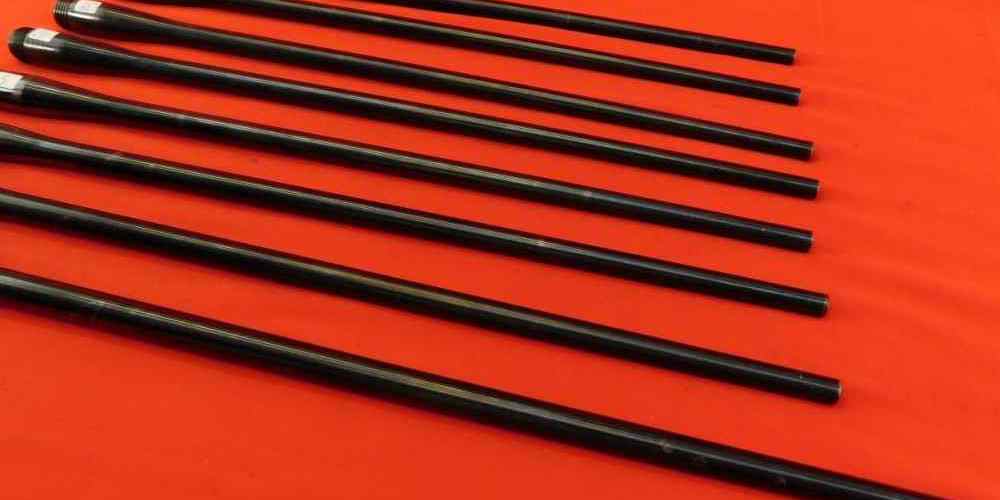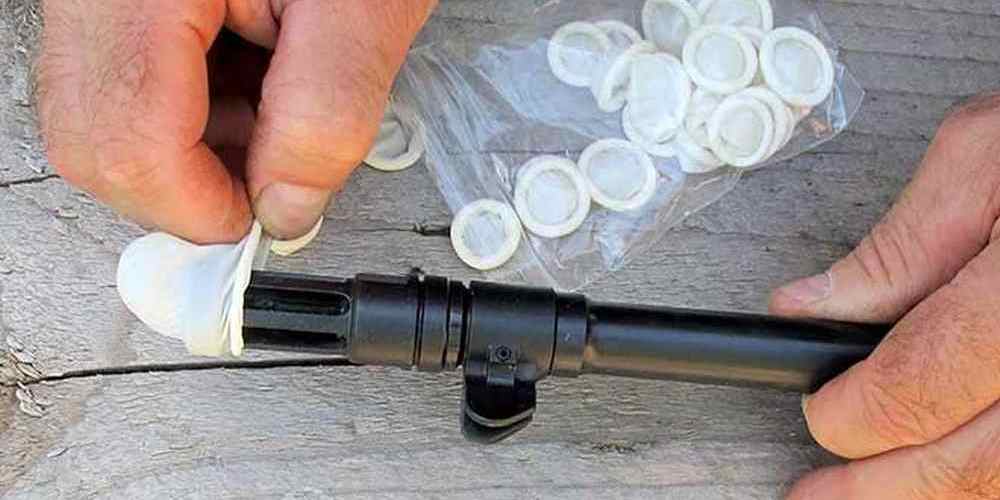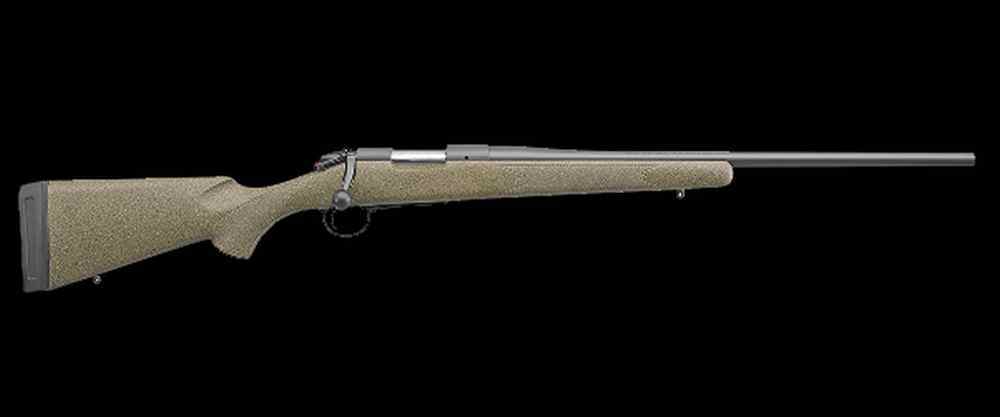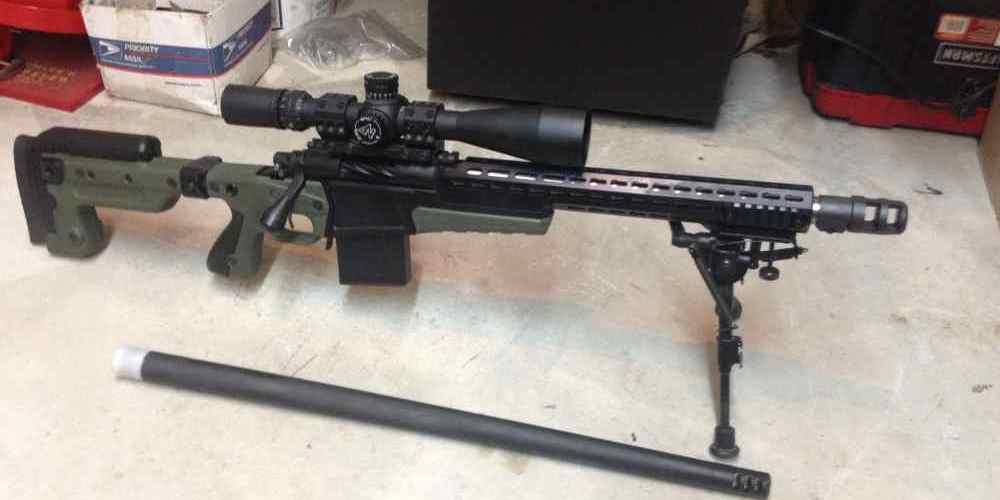“Precision solutions for barrel woes.”
Common Causes of Rifle Barrel Fouling
Rifle barrel fouling is a common issue that many shooters encounter. Fouling occurs when residue from ammunition builds up inside the barrel, affecting accuracy and overall performance. There are several common causes of rifle barrel fouling that shooters should be aware of in order to troubleshoot and prevent this issue.
One of the main causes of rifle barrel fouling is the type of ammunition being used. Different types of ammunition produce varying levels of residue when fired. For example, some types of ammunition may leave behind more copper or lead residue than others. It is important for shooters to be aware of the type of ammunition they are using and how it may affect fouling in their rifle barrel.
Another common cause of rifle barrel fouling is improper cleaning and maintenance. If a rifle barrel is not cleaned regularly and properly, residue from ammunition can build up over time, leading to fouling. It is important for shooters to follow a regular cleaning schedule and use the appropriate cleaning tools and solvents to ensure that their rifle barrel remains free of fouling.
In addition, the type of rifle barrel material can also impact fouling. Some materials, such as stainless steel, are more resistant to fouling than others. Shooters should consider the material of their rifle barrel when troubleshooting fouling issues and may need to adjust their cleaning routine accordingly.
Environmental factors can also play a role in rifle barrel fouling. Shooting in dusty or dirty conditions can introduce additional debris into the barrel, leading to fouling. Shooters should be mindful of their shooting environment and take precautions to prevent debris from entering the barrel.
One way to prevent rifle barrel fouling is to use a bore snake or cleaning rod after each shooting session. This can help remove residue from the barrel before it has a chance to build up and cause fouling. Shooters should also consider using a bore guide to protect the rifling of the barrel during cleaning.
Regularly inspecting the rifle barrel for signs of fouling, such as decreased accuracy or visible residue, can help shooters identify and address fouling issues before they become more serious. If fouling is detected, shooters should take the time to thoroughly clean the barrel and remove any residue that may be causing the issue.
In conclusion, rifle barrel fouling is a common issue that can impact the performance of a rifle. By understanding the common causes of fouling and taking proactive steps to prevent and address the issue, shooters can ensure that their rifle barrel remains clean and free of fouling. Regular cleaning, proper maintenance, and attention to environmental factors can all help prevent fouling and keep a rifle performing at its best.

How to Identify and Fix Barrel Pitting
Rifle barrel pitting is a common issue that many gun owners may encounter. Pitting occurs when the surface of the barrel becomes corroded, leading to small pits or holes in the metal. This can affect the accuracy and performance of your rifle, so it’s important to address the issue as soon as possible.
One of the first signs of barrel pitting is a decrease in accuracy. If you notice that your shots are consistently off target or that your groups are widening, it may be a sign that your barrel is pitted. Another indicator is if you see small pits or holes on the surface of the barrel. These can be difficult to spot with the naked eye, so it’s important to inspect your barrel regularly for any signs of damage.
If you suspect that your barrel is pitted, the first step is to thoroughly clean it. Use a cleaning rod and a bore brush to remove any dirt, debris, or fouling that may be contributing to the pitting. Be sure to use a solvent that is specifically designed for removing rust and corrosion. Once the barrel is clean, inspect it closely for any signs of pitting. If you see any small pits or holes, it’s time to take action.
One method for addressing barrel pitting is to use a bore paste or abrasive compound. These products are designed to remove surface imperfections and smooth out the metal. Simply apply the paste to a cleaning patch or brush and run it through the barrel several times. Be sure to follow the manufacturer’s instructions carefully to avoid damaging the barrel further.
If the pitting is more severe, you may need to consider reaming or honing the barrel. This involves removing a thin layer of metal from the inside of the barrel to smooth out any imperfections. This process should only be done by a qualified gunsmith, as it requires specialized tools and expertise.
In some cases, barrel pitting may be too severe to repair, and the only option may be to replace the barrel altogether. If this is the case, be sure to consult with a gunsmith to ensure that the new barrel is properly fitted and installed.
Preventing barrel pitting is key to maintaining the accuracy and performance of your rifle. One of the best ways to prevent pitting is to regularly clean and maintain your rifle. Be sure to clean your barrel after each use and store your rifle in a dry, climate-controlled environment to prevent corrosion.
In conclusion, barrel pitting is a common issue that can affect the accuracy and performance of your rifle. By regularly inspecting and cleaning your barrel, you can identify and address pitting before it becomes a major problem. If you do encounter barrel pitting, there are several methods for addressing the issue, from using bore paste to reaming or honing the barrel. Remember to consult with a qualified gunsmith if you are unsure how to proceed. By taking proactive steps to prevent and address barrel pitting, you can ensure that your rifle remains in top condition for years to come.
Troubleshooting Accuracy Issues with Rifle Barrels
When it comes to shooting accuracy, the rifle barrel plays a crucial role in determining the precision of your shots. However, even the best rifle barrels can encounter problems that affect their performance. In this article, we will discuss some common issues that shooters may encounter with their rifle barrels and provide troubleshooting tips to help address these problems.
One of the most common issues that shooters face with rifle barrels is poor accuracy. If you find that your shots are consistently off target, it may be due to a number of factors related to the barrel. One possible cause of poor accuracy is a dirty barrel. Over time, fouling and residue can build up in the barrel, affecting the trajectory of the bullet. To address this issue, make sure to regularly clean your barrel using a cleaning rod and solvent to remove any buildup.
Another potential cause of poor accuracy is a damaged or worn rifling. Rifling refers to the grooves inside the barrel that impart spin to the bullet, stabilizing its flight. If the rifling is worn or damaged, it can lead to inconsistent bullet spin and accuracy. To check for rifling damage, inspect the inside of the barrel using a bore scope. If you notice any signs of wear or damage, it may be time to replace the barrel.
In addition to rifling damage, another common issue that can affect accuracy is barrel crown damage. The crown of the barrel is the area at the muzzle where the rifling ends. If the crown is damaged or uneven, it can cause the bullet to destabilize as it exits the barrel, leading to poor accuracy. To check for crown damage, inspect the muzzle of the barrel for any signs of wear or unevenness. If you notice any issues, it may be necessary to re-crown the barrel to improve accuracy.
In some cases, poor accuracy may be caused by a misaligned barrel. If the barrel is not properly aligned with the action of the rifle, it can lead to inconsistent bullet trajectory and accuracy. To check for barrel alignment issues, visually inspect the barrel to ensure that it is centered and straight in relation to the action. If you notice any misalignment, it may be necessary to have a gunsmith re-align the barrel to improve accuracy.
In addition to poor accuracy, shooters may also encounter issues with barrel overheating. When a barrel heats up during shooting, it can affect the consistency of the bullet trajectory and accuracy. To prevent barrel overheating, make sure to allow the barrel to cool down between shots and avoid rapid-fire shooting. Additionally, consider using a barrel cooler or heat dissipating device to help regulate the temperature of the barrel during shooting.
Overall, troubleshooting rifle barrel problems requires careful inspection and attention to detail. By identifying and addressing issues such as dirty barrels, rifling damage, crown damage, misalignment, and overheating, shooters can improve the accuracy and performance of their rifles. Remember to regularly clean and maintain your barrel, inspect for signs of damage, and take steps to prevent overheating to ensure optimal shooting accuracy. With proper care and maintenance, your rifle barrel can continue to deliver consistent and precise shots for years to come.
Dealing with Barrel Obstructions and Blockages
When it comes to shooting accuracy, the condition of your rifle barrel plays a crucial role. A clean and well-maintained barrel can significantly improve your shooting performance. However, even with regular maintenance, issues such as barrel obstructions and blockages can occur, affecting the accuracy and reliability of your rifle. In this article, we will discuss how to troubleshoot and deal with barrel obstructions and blockages to ensure optimal performance.
One of the most common causes of barrel obstructions is the buildup of fouling and debris. Over time, residue from gunpowder, copper, and lead can accumulate in the barrel, causing a blockage that can affect the trajectory of your bullets. To prevent this from happening, it is essential to clean your rifle barrel regularly using a cleaning rod, patches, and solvent.
If you suspect that your rifle barrel is obstructed, the first step is to visually inspect the barrel for any signs of blockage. Look for any visible debris or fouling that may be causing the obstruction. If you see any obstructions, do not attempt to fire your rifle as this can cause damage to the barrel and potentially harm you.
To remove barrel obstructions, you can use a cleaning rod with a jag or brush attachment to push out the debris. Start by running a solvent-soaked patch through the barrel to help loosen the obstruction. Then, attach a brush or jag to the cleaning rod and gently push it through the barrel to dislodge the blockage. Repeat this process until the barrel is clear of any obstructions.
In some cases, barrel obstructions may be caused by a stuck bullet or casing. If you suspect that this is the case, do not attempt to fire the rifle as this can cause serious damage. Instead, use a cleaning rod with a jag attachment to push out the stuck bullet or casing. Be sure to apply gentle pressure and work slowly to avoid damaging the barrel.
Another common cause of barrel obstructions is rust or corrosion. If you notice any signs of rust or corrosion in your rifle barrel, it is essential to address the issue immediately. Rust and corrosion can weaken the barrel and affect the accuracy of your shots. To remove rust and corrosion, use a bore brush or steel wool to scrub the affected areas. You can also use a rust remover or solvent to help dissolve the rust.
In some cases, barrel obstructions may be caused by a damaged or worn-out barrel. If you suspect that your barrel is damaged, it is essential to have it inspected by a professional gunsmith. A damaged barrel can affect the accuracy and safety of your rifle, so it is crucial to address the issue promptly.
In conclusion, dealing with barrel obstructions and blockages is essential for maintaining the accuracy and reliability of your rifle. By regularly cleaning your barrel and inspecting it for any signs of obstructions, you can prevent issues from arising. If you encounter a barrel obstruction, follow the steps outlined in this article to safely and effectively remove the blockage. Remember, safety should always be your top priority when handling firearms.
Preventing and Resolving Barrel Rust and Corrosion
Rifle barrels are a crucial component of any firearm, as they play a significant role in determining accuracy and overall performance. However, like any metal object, rifle barrels are susceptible to rust and corrosion if not properly maintained. In this article, we will discuss common issues related to barrel rust and corrosion, as well as provide tips on how to prevent and resolve these problems.
One of the most common causes of barrel rust and corrosion is exposure to moisture. When a rifle is not properly stored in a dry environment, moisture can seep into the barrel and cause rust to form. This can be particularly problematic for rifles that are used in humid or wet conditions, such as hunting in rainy weather or shooting near bodies of water.
To prevent rust and corrosion from forming on your rifle barrel, it is essential to store your firearm in a dry and well-ventilated area. Investing in a gun safe or storage case that is equipped with a dehumidifier can help to keep moisture levels low and protect your rifle from rust. Additionally, regularly cleaning and oiling your rifle barrel can help to create a protective barrier against moisture and prevent rust from forming.
If you do notice rust or corrosion starting to develop on your rifle barrel, it is crucial to address the issue as soon as possible to prevent further damage. One method for removing rust from a barrel is to use a cleaning solvent specifically designed for firearms. Simply apply the solvent to a cleaning patch and run it through the barrel several times until the rust is removed. Be sure to follow the manufacturer’s instructions when using cleaning solvents to avoid damaging your rifle barrel.
In some cases, rust and corrosion may be too severe to remove with a cleaning solvent alone. If this is the case, you may need to seek professional help to have your rifle barrel restored. A gunsmith can assess the extent of the damage and recommend the best course of action for repairing your barrel. In some cases, it may be necessary to reblue or refinish the barrel to restore its appearance and functionality.
In addition to moisture, other factors can contribute to barrel rust and corrosion, such as exposure to harsh chemicals or neglecting to clean your rifle regularly. To prevent these issues from occurring, it is essential to follow a regular maintenance routine for your firearm. This includes cleaning your rifle after each use, storing it properly, and inspecting the barrel for signs of rust or corrosion on a regular basis.
By taking proactive steps to prevent rust and corrosion from forming on your rifle barrel, you can ensure that your firearm remains in optimal condition and performs at its best. Remember to store your rifle in a dry environment, clean and oil your barrel regularly, and seek professional help if you notice any signs of rust or corrosion. With proper care and maintenance, you can enjoy your rifle for years to come without worrying about barrel problems.





